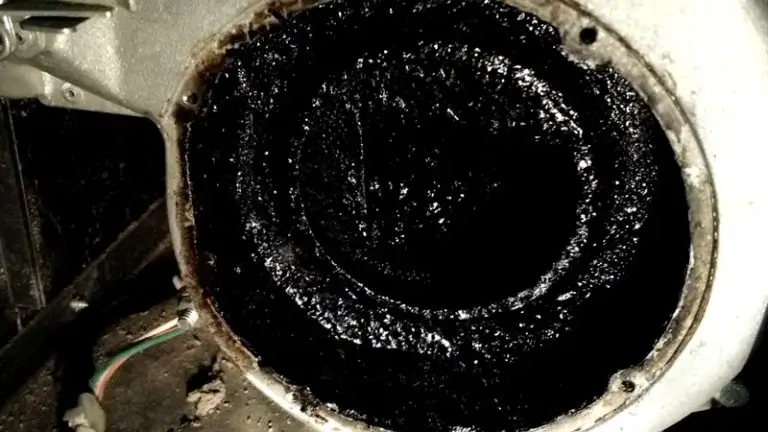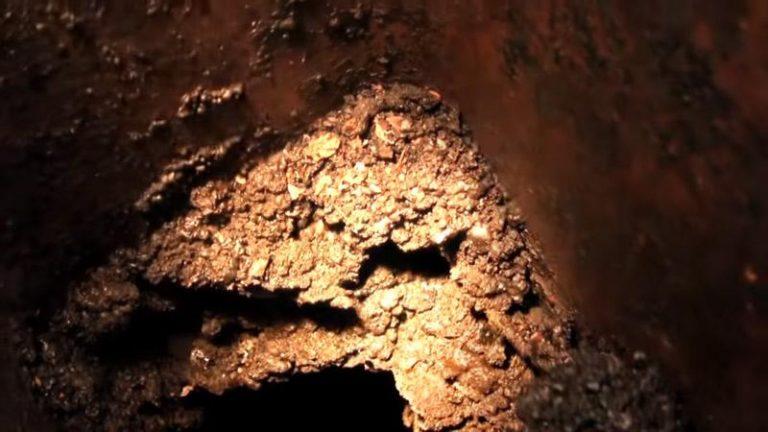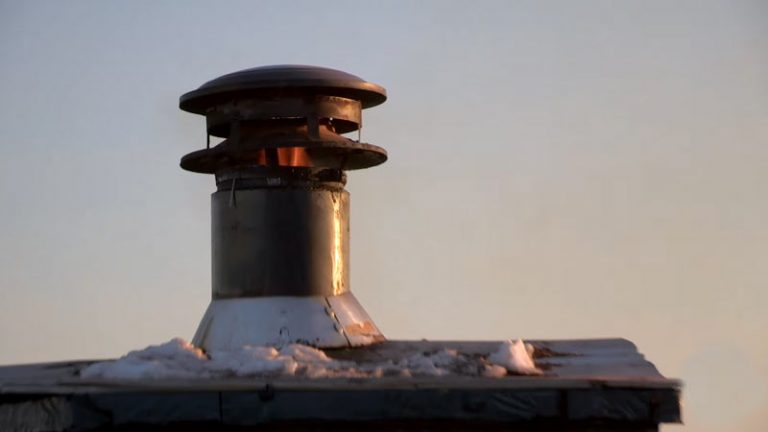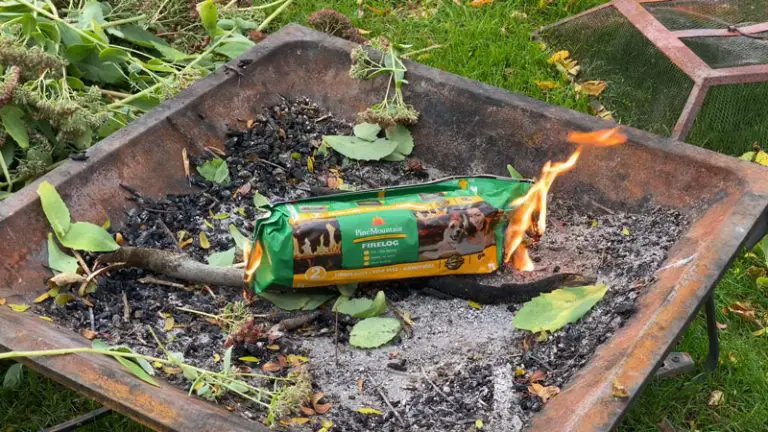Your Fireplace Ash Pit Has No Cleanout Door? Here’s What to Do
You love the warmth of a real wood fire, but dealing with the aftermath can be a messy chore. You sweep the ash into the ash dump, assuming it’s being collected in a pit that’s easy to clean. Then you discover the frustrating truth: there’s a fireplace ash pit with no cleanout door to be found.
This is a surprisingly common problem, especially in older homes built in the mid-20th century or earlier. You’re left staring at a hole in your firebox, wondering where all that ash is going and how you’ll ever get it out. Don’t worry, you’re not alone, and there are solutions.
You'll Learn About
Why Does This Problem Even Exist? Uncovering the Mystery
The concept of an ash pit without a cleanout seems baffling today, but there were reasons for this design choice in the past. Understanding why your fireplace was built this way is the first step to finding a practical solution.
Outdated Building Practices and Designs
In many older homes, the ash pit was a large, deep cavity built into the foundation of the chimney. The builders assumed this space was so large it would take decades, or even a lifetime, to fill with ash from typical fireplace use. Consequently, they didn’t see the need for a cleanout door, simplifying construction and reducing costs.
These pits can often be several feet deep, extending all the way to the basement or crawlspace floor. The idea was that the volume was sufficient to hold many years’ worth of ash without ever needing to be emptied.
Hidden or Inaccessible Cleanout Doors
Sometimes, a cleanout door does exist, but it’s been hidden over the years. Home renovations are a common culprit. A basement finishing project, for instance, could easily result in the cleanout door being covered by drywall or paneling.
In other cases, the door might be in an unexpected location, like on the exterior of the chimney, in a crawlspace, or even in the garage. It’s worth a thorough investigation before assuming one doesn’t exist at all.
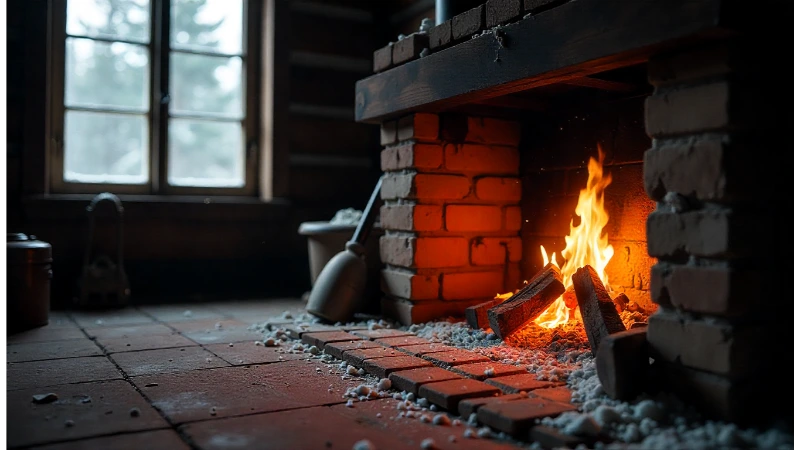
The Search Party: How to Locate a Hidden Cleanout Door
Before you resort to more complex cleaning methods, it’s crucial to confirm there’s truly no access point. A little detective work now could save you a significant amount of effort later.
Your Investigation Checklist
Start by thoroughly examining the base of your chimney structure from all possible angles. Check the basement or crawlspace directly below the fireplace. Look for a small metal door, typically made of cast iron, or even a section of loose bricks that might serve as an access point.
Don’t forget to inspect the exterior of your house where the chimney is located. Sometimes, the cleanout door is positioned outside for easier ash removal without bringing dust into the house.
When Renovations Get in the Way
If you suspect a previous renovation is the issue, try to identify where the original chimney base would be. Gently tapping on the wall in the area might reveal a hollow sound where a door could be. If you feel comfortable, you could cut a small, exploratory hole in the drywall to peek behind it with a flashlight.
No Door Found? No Problem. Here Are Your Solutions.
If you’ve confirmed that there is absolutely no cleanout door, it’s time to shift your strategy. The goal is to safely and effectively remove the ash from the top down, through the ash dump opening in your firebox.
The Best Tool for the Job: The Ash Vacuum
A standard household vacuum is not safe for this task. Hot embers can linger in ash for days, and a regular vacuum’s paper filter and plastic components could easily catch fire. Additionally, fine ash particles can pass through a normal filter and damage the motor or be blown back into your home.
An ash vacuum is specifically designed for this purpose. It features a metal-lined canister and a fire-resistant hose and filter system that can handle the fine particles and potential heat of fireplace ash. This is the safest and most efficient tool for cleaning an ash pit from above.

Step-by-Step Guide to Cleaning from Above
First, ensure the ashes are completely cool. Wait at least 24-72 hours after your last fire before attempting to clean the pit. Use a flashlight to inspect the pit through the dump opening to gauge how full it is.
Next, prepare your workspace. Lay down a drop cloth around the hearth to catch any spills. Wear a dust mask and gloves to protect yourself from inhaling fine ash particles. Use the long hose of your ash vacuum to reach down into the pit and begin suctioning out the ash.
When to Call in the Professionals
If the ash pit is extremely full or has been accumulating debris for many decades, cleaning it yourself can be a massive undertaking. A professional chimney sweep has powerful, specialized vacuum systems that can make quick work of the job. They can also perform a safety inspection to ensure your chimney and ash pit are in good condition. You might be surprised at how your fireplace performs after a thorough cleaning; it might even solve issues like a fireplace that keeps shutting off.
Comparing Ash Removal Methods
When faced with a full ash pit, you have a few choices. Here’s a breakdown of the common methods, their pros, and their cons to help you decide which approach is best for you.
| Method | Pros | Cons |
|---|---|---|
| Ash Vacuum (Top-Down) | Safe for DIY; Contains dust effectively; No structural changes needed. | Can be slow if the pit is large/full; Requires purchasing a special vacuum. |
| Professional Chimney Sweep | Fastest and most thorough method; Includes a professional inspection; Handles massive volumes of ash easily. | Higher initial cost than DIY methods. |
| Ignore the Problem | No immediate effort or cost. | Can lead to drafts, odors, and potential structural issues over time; A full pit renders the ash dump useless. |
| Install a New Cleanout Door | Provides a permanent, convenient solution for future cleaning. | Requires professional masonry work; Can be expensive and disruptive. |
Prevention and Long-Term Maintenance
Once you’ve cleaned the ash pit, you can take steps to manage future ash accumulation. One simple solution is to stop using the ash dump altogether. You can seal the dump door from the inside with a metal plate and simply shovel out the ash from the firebox after each use. This is a common practice for many fireplace owners, even those with functional ash pits.
Regularly scooping ash directly from the firebox into a metal bucket with a tight-fitting lid is a perfectly safe and effective cleaning method. This approach eliminates any concerns about the hidden pit overflowing and can even help you identify other issues, like noticing unusual fireplace smells sooner.
Is a Fireplace Without a Cleanout Safe?
The absence of a cleanout door itself is not inherently unsafe, as the ash pit should be constructed from fireproof materials just like the rest of the chimney. The primary issues are convenience and long-term maintenance. If you’re considering different fireplace options for your home, understanding the safety features is key, which is why many people compare the safety of vented versus ventless models.
A fireplace ash pit with no cleanout door can be a perplexing problem, but it’s one with clear and manageable solutions. Whether you choose to invest in an ash vacuum for a DIY approach, call a professional for a thorough cleaning, or modify your cleaning habits to bypass the pit entirely, you can continue to enjoy your wood-burning fireplace safely and cleanly.

